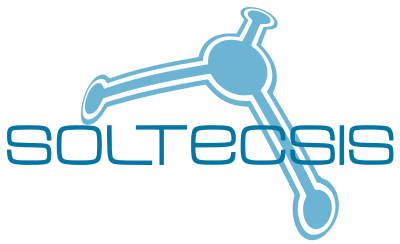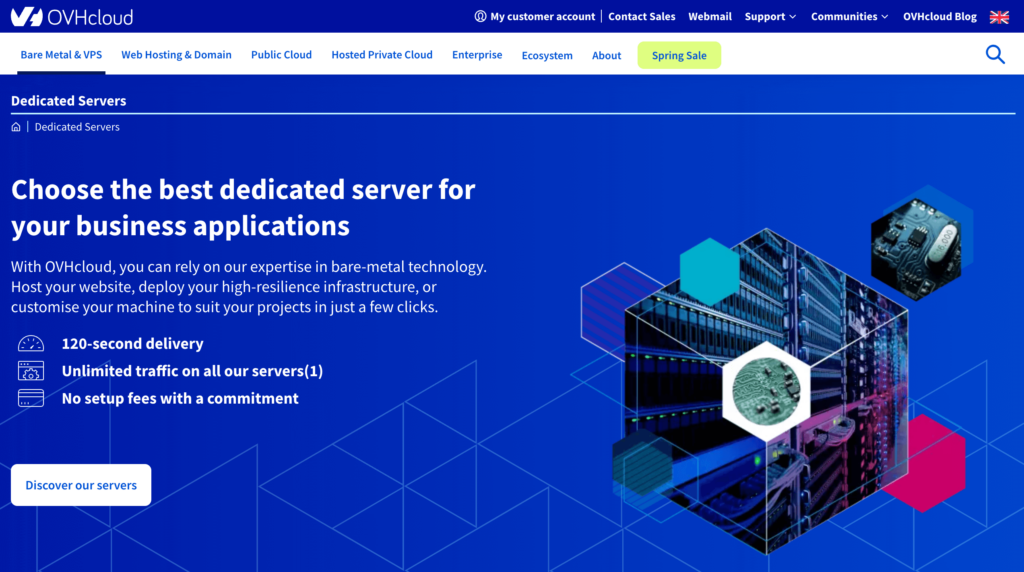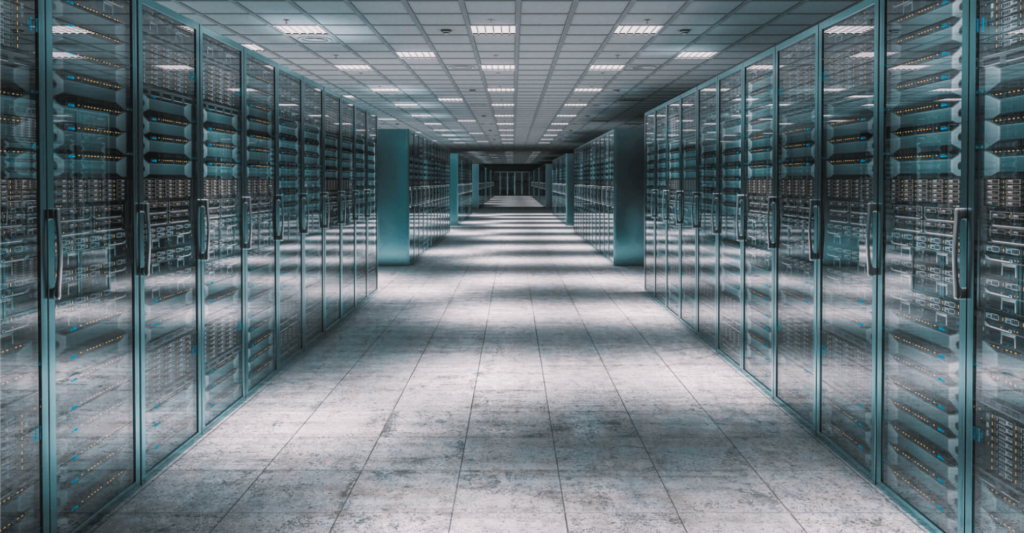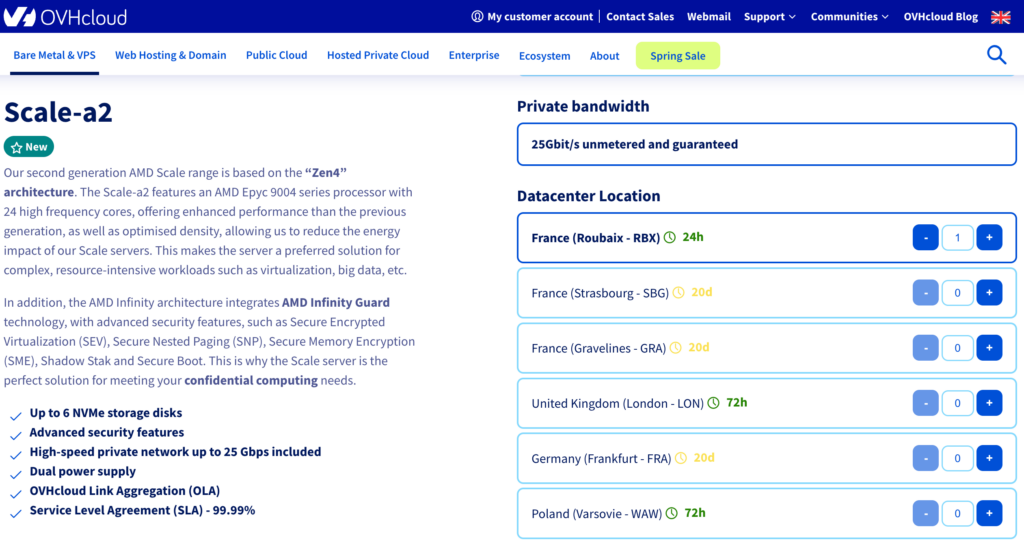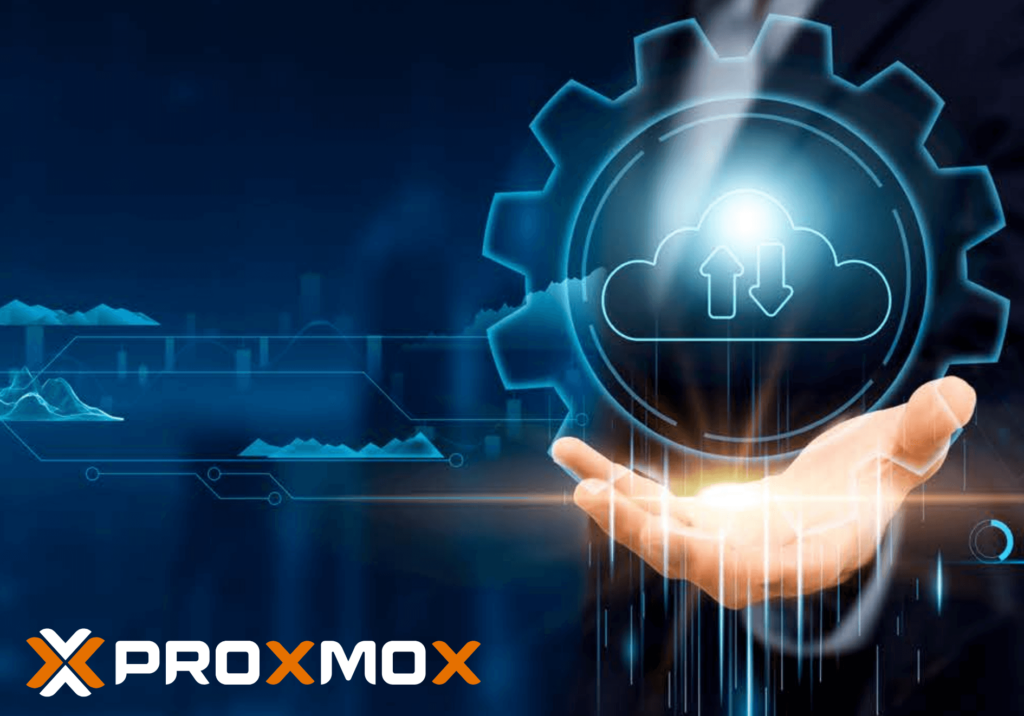Introduction
OVHcloud’s IaaS (Infraestructure as a Service) services allow us to hire dedicated servers (bare metal) for rent that we can have at our disposal in a matter of minutes. There is a wide range of options (rise, advance, storage, scale, high quality, etc.) from which we can choose according to our needs.
In this article we will see how we can use these dedicated servers to create Proxmox VE Ceph Clusters with the same functionalities that we would have if we used proprietary servers in our facilities (on premises). In addition, we will see how OVHcloud services allow us to create a very complete DRP (Disaster Recovery Plan) to achieve maximum resilience for our data
Ceph Proxmox VE Cluster
A cluster of Proxmox VE servers combined with a Ceph distributed storage system allows you to create a highly available, load-balanced, horizontally scalable, hyperconverged virtualization infrastructure with ease.
Let’s first look at some concepts to fully understand what a Proxmox VE Ceph Cluster is.
What is a cluster?
A cluster in computing refers to a group of interconnected computers or nodes that function together as if they were a single entity. Clusters are used to improve the availability, performance, and scalability of applications and services. There are different types of clusters, but in general they share the objective of providing greater processing capacity and redundancy.
What is Ceph?
Ceph is a distributed storage system designed to provide object, block, and file storage in a single unified cluster. . Proxmox can use Ceph as a virtual machines storege.
What is a Proxmox VE Ceph cluster?
It is three or more servers forming part of a Proxmox cluster and using Ceph as a distributed storage system, all managed from the Proxmox web interface, thanks to which we achieve a hyperconverged virtualization infrastructure.
What is hyperconvergence?
A hyperconverged virtualization infrastructure is an integrated system that combines compute, storage, and networking in a single environment. This simplifies management, improves efficiency, and enables easy scalability, making it easy to create and manage virtual machines in a single cluster.
- Abstraction of the hardware layer since any breakdown will be solved by OVHcloud and, if necessary, they will replace the damaged parts or even the entire server.
- We forget about hardware obsolescence. After a few years we will be able to add new servers with the latest technologies to our cluster and eliminate the old ones in a completely transparent way for the user of the virtualization environment, without any interruption of service.
- Easily add more nodes to our virtualization cluster to increase your computing power. In a matter of minutes we can have new servers that we can add to our cluster.
DRP (Disaster Recovery Plan)
A DRP (Disaster Recovery Plan) is crucial to maintaining business operations in the event of disasters, guaranteeing the continuity and protection of essential data. It is very important to have a good DRP to ensure the resilience of the data.
What is a Disaster Recovery Plan?
Disaster Recovery Plan in IT refers to a set of strategies, policies and procedures that an organization implements to restore its critical systems and data after a catastrophic event or disaster that causes significant disruptions to operations. normal.que cause interrupciones significativas en las operaciones normales.
These events may include:
- Natural disasters: Such as earthquakes, floods, fires, storms, etc.
- Man-made disasters: Such as cyber attacks, infrastructure failures, acts of vandalism, etc.
The goal of the Disaster Recovery Plan is to minimize downtime and ensure business continuity, allowing the organization to recover quickly after a disaster.
